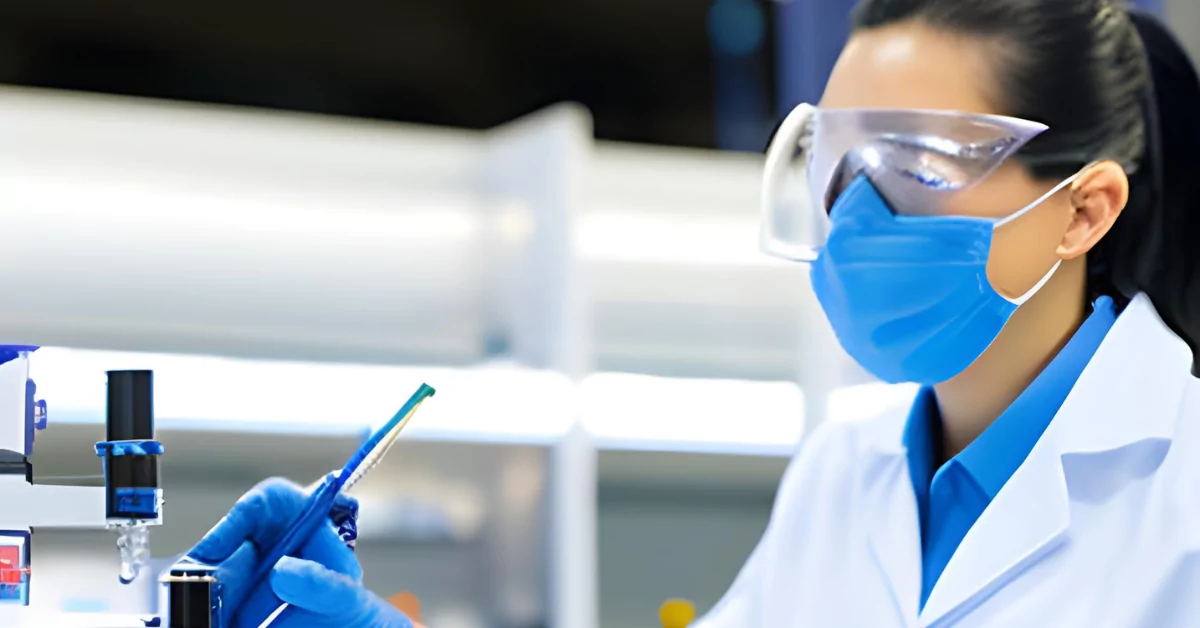In an important step aimed at providing clarity on many areas of advanced therapy medicinal product (ATMP) development in Europe, the European Medicines Agency has released an update to its comprehensive draft guideline on quality, non-clinical and clinical requirements for investigational advanced therapy medicinal products in clinical trials’[1].
Advanced therapy medicinal products (ATMPs), also known as cell and gene therapies, are a rapidly evolving product class that is maturing with an aim to deliver more and more licensed medicinal products with significant patient impact. However, it is an area that also encompasses a highly diverse set of different technologies, each with their own specific development challenges.
The EMA has recently completed a second round of review for the investigational ATMP guideline – with the initial guideline developed in 2019 and the first set of updates published in March 2024. The open consultation with an extensive group of stakeholders demonstrates EMA’s commitment to being cooperative and taking on board feedback from industry and other stakeholders.
The 2024 draft guideline provides valuable updates, points of clarification, as well as some reiteration from the agency. While we broadly welcome the collaborative approach adopted by EMA with the guideline update, there continue to be some issues that could create complications for industry and for ATMP innovation in Europe.
High-level takeaways
During stakeholder review of the guideline, the structure of the document was criticized, with stakeholders urging that EMA separate out the guideline into at least two separate documents: one for Gene Therapy Medicinal Products (GTMPs) and another for Cell Based Medicinal Products (CBMPs). However, the EMA stated that the number of requirements applicable to both product types outweighed the need for dedicated guidelines, but have in parts attempted to categorize the expectations for CBMPs and GTMPs in a clearer manner
In a similar vein, the guideline is mainly focused on early exploratory trials, but there remains a fair amount of discussion linking these to requirements for marketing authorization, which also caused confusion for stakeholders in the 2019 version of the draft guideline. A number of stage-appropriate requirements have been clarified by EMA in the latest version of the guideline (discussed further below) which is expected to offer relief to developers from otherwise high CMC expectations, particularly around the expectations for process/analytical assay validation.
What it means for CMC
While the guideline is multidisciplinary across quality, non-clinical and clinical functions, a large portion focuses on CMC (chemistry, manufacturing and controls). Notable examples of CMC updates pertinent to developers are highlighted below.
Replication competent vector (RCV) testing:
Many stakeholders had requested EMA modify acceptance criteria for RCV in non-replication competent viral vectors from ‘Total absence of RCV’ to an RCV limit based on non-clinical/clinical safety data, given advances in analytics and associated sensitivity for detecting RCV. However, in an update to the guideline, the terminology used to describe the viral vectors in question ‘Non-replication competent viral vectors’ was modified to as ‘replication-deficient viral vectors’, but no real clarity was offered on the requirement for ‘Total absence of RCV’. The updated guideline still refers to the need for ‘absence of RCV’, however it also states “When using assays determining residual replication competent virus (RCV) the limit of detection must be such that the test provides assurance of the safety of the vector product” which seems to indicate that “residual RCV” might be acceptable in the final product, provided that the limit of detection of the assay is such that patient safety can be ensured. Nevertheless, the acceptability of an RCV specification where an upper limit is proposed as an acceptance criterion seemingly remains an issue that would need to be considered on a product specific basis.
Ex vivo genome editing machinery and GMP manufacture:
One area of disappointment for developers will likely be with regards to the starting material classification of ex vivo genome editing machinery. A number of stakeholders had requested that editing machinery other than viral vectors – so, plasmids, recombinant proteins, mRNA and the components used to produce them – not be automatically defined as starting materials. Instead, the request was to permit a risk-based analysis and potential classification as a raw material, thereby enabling manufacture outside of Good Manufacturing Practice (GMP) principles.
However, in the latest draft, EMA rejected such a move and insisted that the starting material classification would remain (as defined in legislation) and, as such, linked to dedicated manufacturing requirements, i.e. GMP or the principles of GMP where applicable. However, GMP manufacture of some of these materials, particularly plasmids, is a common concern for developers since cost implications are so high and often unjustifiable during early-stage development [2]. Generally speaking, this is a stricter stance than that of the US Food and Drug Administration (FDA), which advocates a risk-based approach during early-stage development[3].
Stage-appropriate CMC expectations – clarifications:
One important update is EMA’s recommendation regarding potency assay validation expectations. The agency moved from recommending that “a suitable potency assay should…be in place when material for the FIH clinical trial is produced and it should be validated prior to confirmatory clinical trials unless otherwise justified” to simply recommending “a suitable potency assay should be in place when material for the FIH clinical trial is produced”. In acknowledgement of stakeholder concerns, EMA accepted that, even though it was only a recommendation, validation of a potency assay for confirmatory trials would not be achievable for many ATMP developers.
Elsewhere, in section S.4.3 ‘Validation of Analytical Procedures’ of the guideline, EMA moved from a rather firm stance of expecting validated analytical methods for batch release and stability for confirmatory trials, to only recommending validated analytical methods for confirmatory trials but not necessarily requiring them. This update harmonizes expectations with EMA MAA level guidelines.
EMA also reworded section S.2.5 ‘Process Evaluation/Validation’ to make it explicitly clear that process validation is not expected for clinical trial authorization, a message that although present in the original draft was not considered clear by stakeholders.
Hopes and concerns for the future
Some of the EMA sticking points do raise questions about the impact on Europe’s competitiveness in the cell and gene therapy space. The GMP starting material expectation in particular can, in our experience, pose a challenge for developers because of the significant cost and practical implications of manufacturing to GMP so early.
On the other hand, it is noteworthy that EMA has not only encouraged feedback to the guideline but that it is providing guidance on investigational ATMP development, an area that is not strictly within the agency’s jurisdiction but rather the remit of the national competent authorities. It does, in our opinion, reflect the fact that cell and gene therapy is such a rapidly evolving field, and one in which many developers seek guidance from the EMA. The guideline is a significant step toward harmonization of requirements and expectations for the development of ATMPs for clinical trials in Europe.
About the author:
Pam Dhadda is an Associate Director, CMC Cell and Gene Therapy at PharmaLex. She has more than 10 years of experience in the development and manufacture of ATMPS, working extensively in CMC regulatory affairs for cutting-edge cell and gene therapies.
[1] Draft guideline on quality, non-clinical and clinical requirements for investigational advanced therapy medicinal products in clinical trials – Second version, EMA, March 2024. https://www.ema.europa.eu/en/guideline-quality-non-clinical-clinical-requirements-investigational-advanced-therapy-medicinal-products-clinical-trials-scientific-guideline
[2] Plasmid manufacture is the bottleneck of the genetic medicine revolution, Drug Discov Today, Nov 2020. https://www.ncbi.nlm.nih.gov/pmc/articles/PMC7564888/
[3] Current Good Manufacturing Practice for Phase 1 Investigational Drugs, FDA. https://www.fda.gov/regulatory-information/search-fda-guidance-documents/current-good-manufacturing-practice-phase-1-investigational-drugs








